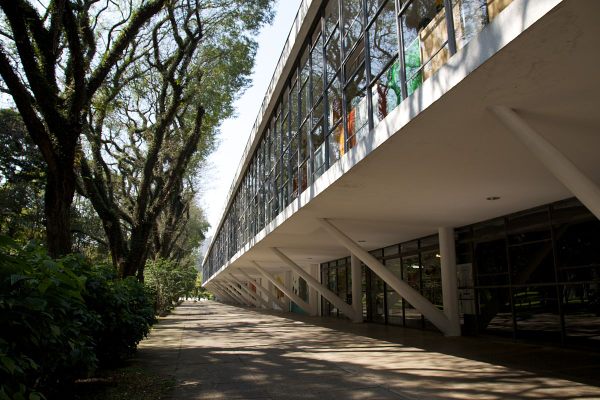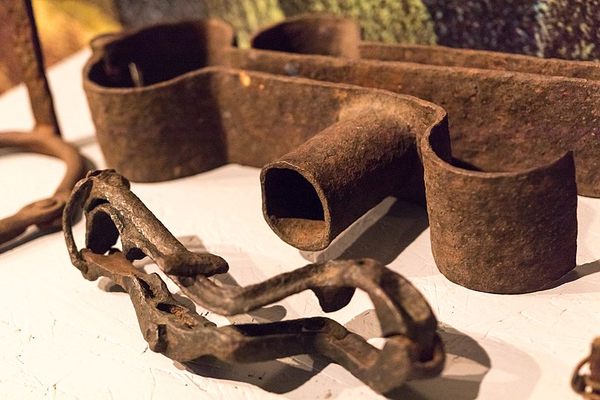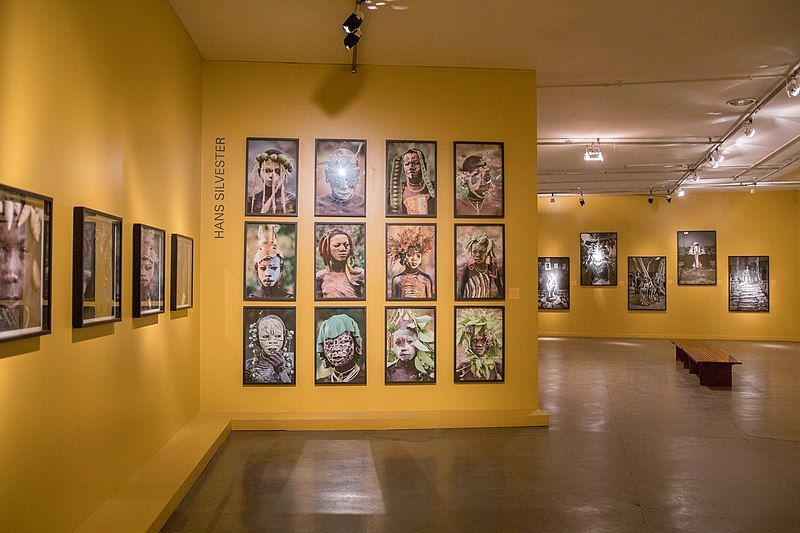About
In a shaded corner of Ibirapuera Park, you'll find one of São Paulo's cultural gems, the Museu Afro Brasil, which chronicles the ethnographic history of Africans in Brazil.
The collection of more than 6,000 pieces of art and artifacts explores the many ways African culture has shaped Brazilian society, winding through the history of the transatlantic slave trade and the African diaspora in Brazil—the last country in the Western hemisphere to formally abolish slavery—to a gallery of paintings and sculptures by contemporary Afro-Brazilian artists.
As to be expected, the exhibits on the history of slavery are of a solemn and deeply disturbing nature. Perhaps the most moving exhibit is the enormous archive of faded photographs taken in the era before slavery was abolished. They feature the haunting portraits of hundreds of enslaved people and their “owners,” and many illustrations, paintings, and 19th-century newspaper clippings relating to slavery and other aspects of the Afro-Brazilian experience. There is even an authentic manuscript of “The Golden law” treaty that finally brought about the abolition of slavery in 1888.
The museum displays several horrifying and authentic instruments of torture used by slave owners; a partial restoration of the remains of a slave ship galley hold, which would have carried countless enslaved human “cargo” from Africa to the New World; and agricultural equipment that enslaved workers used in the backbreaking and often lethal labor that powered the Brazilian plantation economy. Also chronicled is the story of the Portuguese and Brazilian elites who profited from human misery. Their financial motives and cultural mindset are critically examined, and you can even read their letters and see their clothes and furniture.
The museum also celebrates the formative role that the African diaspora played in Brazilian culture, and on a wider scale, Latin American culture, leaving a rich legacy of traditions, religion, folkloric beliefs, cuisine, art, music, and sport. The exhibits showcase vibrant Afro-Brazilian art contrasted with ethnographic artifacts such as masks and fetishes from many different parts of the African continent, which seem imbued with a secret inner life. Even the history of the cultural exchange between African escaped slaves and the indigenous peoples of Brazil has its own fascinating exhibit.
A gallery at the entrance displays a vast collection of artifacts and contemporary religious and sacred art from the African diaspora in other parts of Latin America and the Caribbean. Here you can find treasures such as sinister-looking Voodoo dolls from Haiti, erotic Santeria fetishes from Cuba, and the sublime carvings of Brazilian Candomblé orixás.
A visit to this museum is essential both for travelers and locals seeking to decipher the rich and tangled roots of Brazilian culture. The museum layout is not straightforward, so if you think you missed something keep searching
Related Tags
Know Before You Go
The museum is located near the Gate 10 entrance to the Manoel da Nóbrega Pavilion in Ibirapuera Park. It's open Tuesday to Sunday from 10 a.m. to 5 p.m. There are multiple ways to get to Ibirapuera park. The nearest metro stations are Ana Rosa and Paraíso (on the blue and green lines) and you can go on foot from there, or take a bus.
Wild Brazil: Rivers, Dunes & the Amazon
Explore Amazon villages, fish for piranha, and cool off in lagoon-covered sand dunes.
Book NowCommunity Contributors
Added By
Published
October 17, 2018


























































